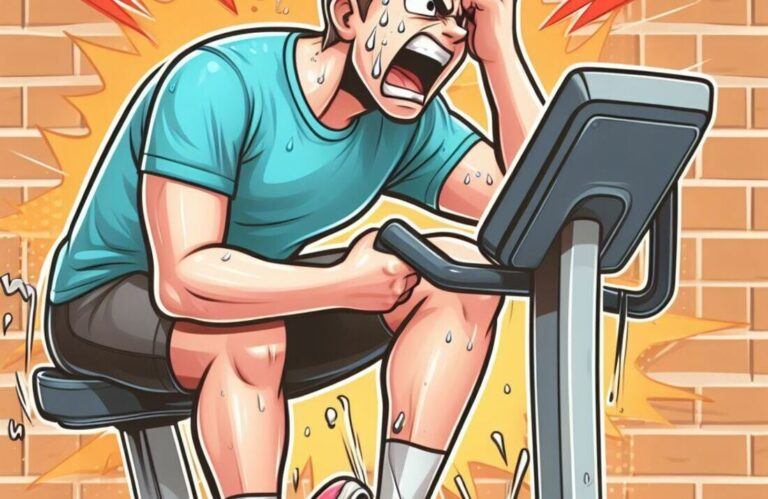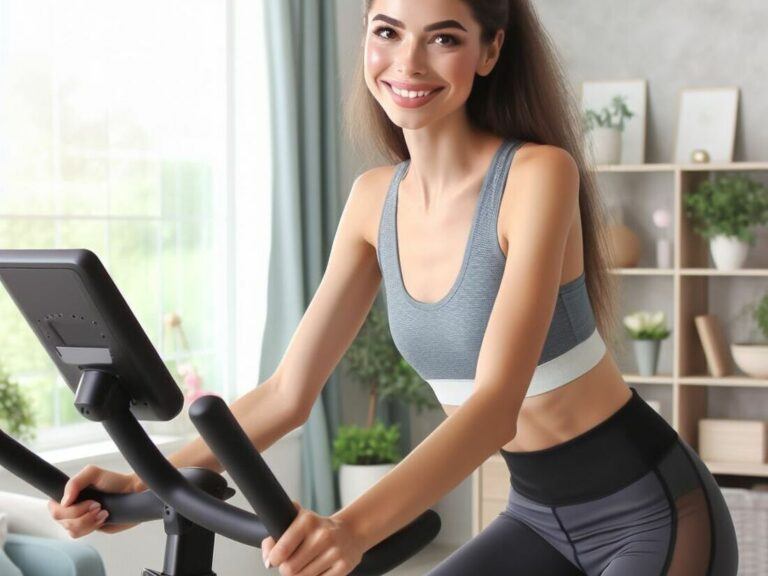You’ve meticulously researched exercise bikes, narrowed down your options, and finally brought your dream machine home.
But as you excitedly hop on, a wave of discomfort washes over you.
The handlebars are too low, the seat pinches, and pedaling feels awkward.
Disappointment sets in – your perfect bike has turned into a fitness foe.
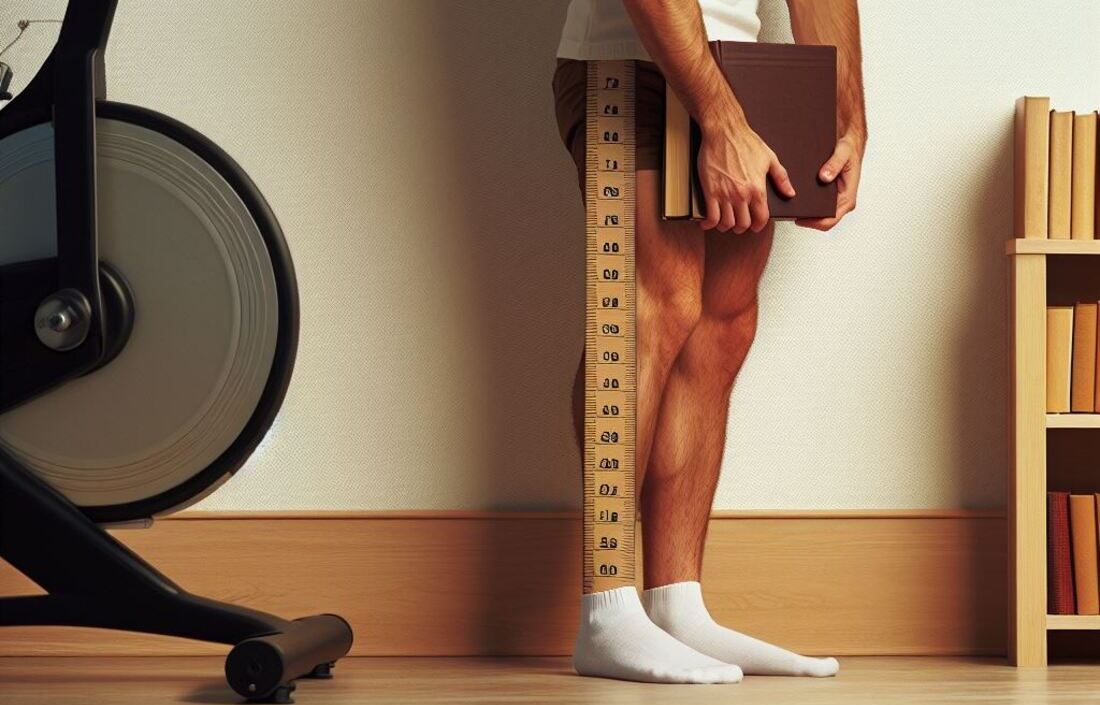
Selecting the right size and fit for your exercise bike isn’t a stroke of luck, it’s a science.
This blog equips you with the knowledge to choose a bike that complements your body, maximizing comfort, performance, and ultimately, your fitness journey.
Key Takeaways (For Busy Readers):
- Matching your inseam to the bike’s seat height is crucial for optimal pedaling form and comfort.
- Consider factors like user height, weight capacity, and handlebar adjustability to ensure a proper fit.
- Test ride the bike before purchase to assess comfort and ergonomics.
- Upright bikes offer a more aggressive riding position, while recumbent bikes prioritize comfort.
The Fit Paradox: Why Size Matters More Than You Think
Exercise bikes come in various sizes, and ignoring this can lead to a world of discomfort and potential injuries.
An ill-fitting bike can strain your back, knees, and hips, hindering your workouts and motivation.
The key culprit? Inseam.
Your inseam, the distance from your inner thigh to your ankle bone, determines the ideal seat height for proper leg extension during pedaling. Here’s why:
- Short Inseam: A seat that’s too high forces you to hyperextend your knees at the top of the pedal stroke, putting undue stress on your joints.
- Long Inseam: A seat that’s too low restricts leg extension, limiting power and efficiency during pedaling.
The Measuring Game: Determining Your Perfect Seat Height
So, how do you find your ideal seat height? Here’s a simple trick:
- Dismount your shoes or wear thin socks.
- Stand with your back straight against a wall.
- Place a book or other flat object between your legs, level with your groin.
- Measure the distance from the top of the book to the floor. This is your inseam length.
Matching Your Inseam to the Bike
Once you have your inseam, consult the exercise bike’s user manual or manufacturer’s website to find the recommended seat height range.
Ideally, the bike’s seat height should be adjustable within this range to accommodate your specific inseam.
Beyond Inseam: Other Fit Considerations
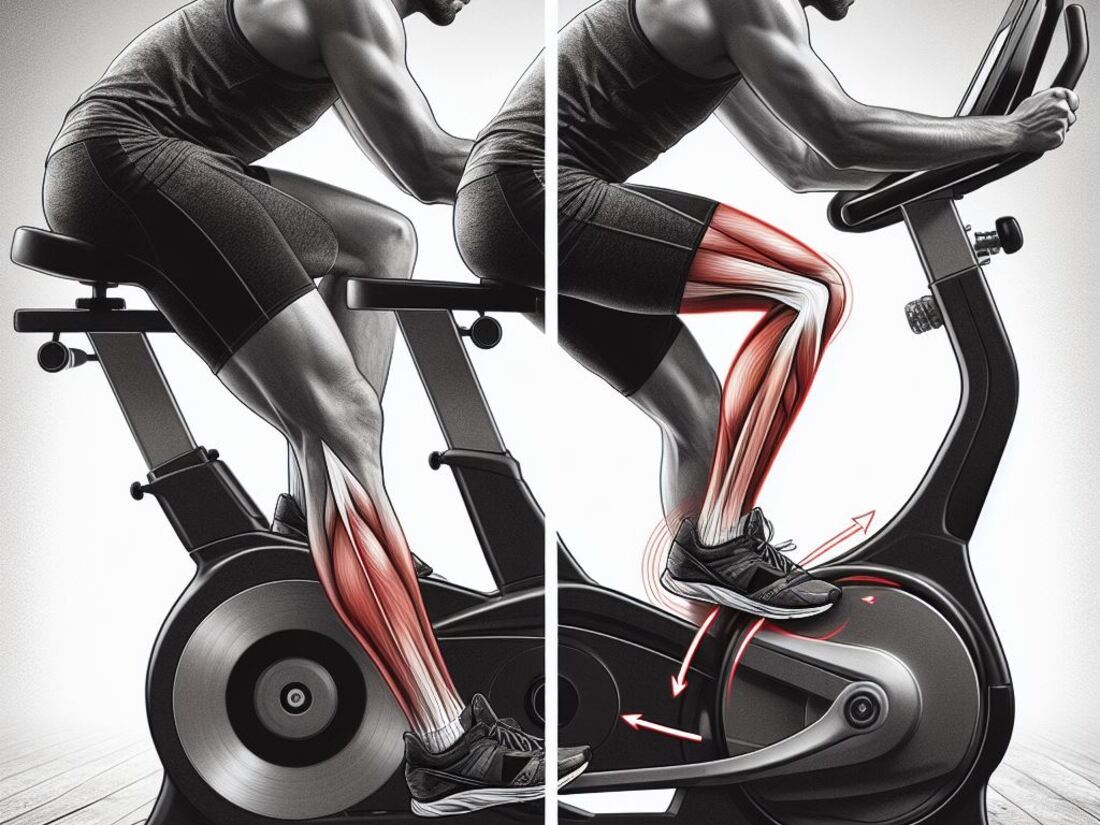
While inseam is paramount, consider these additional factors for a perfect fit:
- User Height: Most exercise bikes cater to a specific height range. Ensure the bike’s minimum and maximum height limits accommodate your stature.
- Weight Capacity: Exercise bikes have weight capacity limitations. Choose a bike that can comfortably support your weight for safe and stable workouts.
- Handlebar Adjustability: Proper handlebar positioning is crucial for maintaining good posture and back comfort. Look for bikes with adjustable handlebars that allow for vertical and horizontal adjustments.
The Test Ride: Putting Theory into Practice
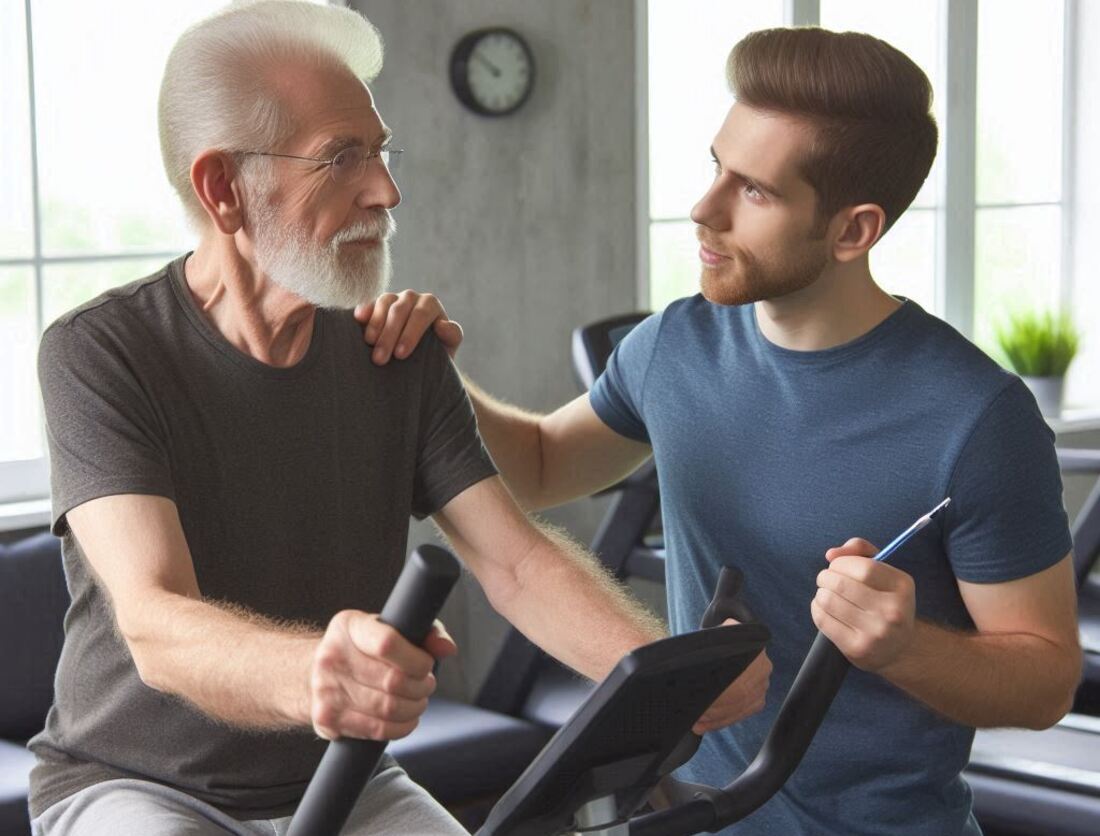
Numbers and specifications are important, but ultimately, comfort is king. Schedule a test ride at a local fitness store to experience the bike firsthand. Pay attention to:
- Seat Comfort: Does the seat feel supportive and comfortable for your body type?
- Leg Extension: Can you fully extend your leg at the top of the pedal stroke without hyperextending your knee?
- Back and Shoulder Comfort: Does the handlebar position allow for a comfortable, upright posture without hunching your shoulders?
- Overall Feel: Trust your gut instinct! Does the bike feel stable and easy to maneuver?
Upright vs. Recumbent: Choosing Your Riding Style
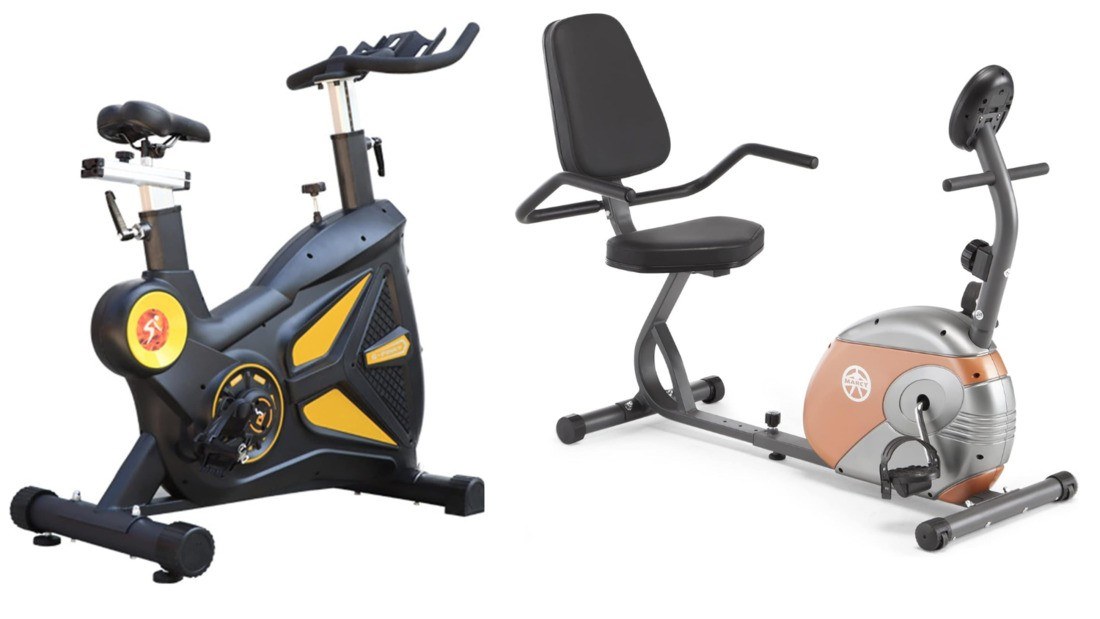
The two main exercise bike styles – upright and recumbent – offer distinct ergonomic experiences:
- Upright Bikes: Mimicking a traditional bicycle, upright bikes provide a more aggressive riding position, engaging your core and upper body muscles. They are ideal for those seeking a high-intensity workout.
- Recumbent Bikes: Recumbent bikes prioritize comfort with a reclined seat and back support. They put less strain on your back and joints, making them suitable for individuals with back problems or those who prefer a more relaxed riding experience.
Frequently Asked Questions (FAQs)
Q: What if I fall between the recommended seat height range for a particular bike?
A: If you’re on the cusp of the range, consider your personal preference. A slightly lower seat might be more comfortable for casual riding, while a slightly higher seat might be better for a more intense workout.
Q: I’m new to exercise. Should I prioritize a specific bike type (upright vs. recumbent)?
A: For beginners, both upright and recumbent bikes can be effective. Here’s a breakdown to help you decide:
- Upright Bike: A good choice if you’re looking for a more versatile workout that engages your core and upper body along with your legs. However, proper form is crucial to avoid back pain.
- Recumbent Bike: A great option if you have back pain or prefer a more relaxed riding position. It provides excellent lower body exercise with less stress on your back. However, recumbent bikes might not offer the same intensity level as upright bikes.
Ultimately, the best choice is the one that feels most comfortable and enjoyable for you. Don’t hesitate to try out both types of bikes during test rides to see which one you prefer.
Q: My home gym has limited space. Are there any space-saving options for exercise bikes?
A: Absolutely! Folding exercise bikes are a perfect solution for limited spaces. They can be easily folded and stored away when not in use. While folding bikes might not offer all the features of a heavy-duty exercise bike, they are a great option for those who prioritize space efficiency.
Look for folding bikes with features like adjustable seats and handlebars to ensure a proper fit, even with the space-saving design.
Beyond the Basics: Additional Tips for Finding the Perfect Exercise Bike Fit
Specialized Considerations
While the core principles apply to most users, here are some additional tips for specific needs:
- Petite Users: Look for exercise bikes with a lower seat height range and adjustable handlebars to ensure proper leg extension and comfortable reach. Some manufacturers offer bikes specifically designed for shorter users.
- Taller Users: Prioritize bikes with a higher seat height range and adjustable handlebars to accommodate longer legs and maintain good posture.
- Individuals with Back Problems: Recumbent bikes are a great choice, offering excellent back support and minimizing strain on the spine. Consider models with adjustable backrests for personalized comfort.
The Art of Compromise
Finding the perfect fit might involve a touch of compromise.
Here’s how to navigate these situations:
- Seat Comfort: A good quality exercise bike seat with padding and breathability can significantly enhance comfort. Consider investing in a gel seat cover or padded cycling shorts for added comfort.
- Handlebar Reach: If the handlebar reach feels slightly off, consider using handlebar extenders or aerobars to create a more comfortable riding position.
The Final Gear Up: Selecting a Bike That Grows with You
Remember, your fitness journey is a marathon, not a sprint.
As you progress, your needs and preferences might evolve.
Here’s how to choose a bike with some future-proofing:
- Adjustable Features: Prioritize bikes with adjustable seats, handlebars, and potentially even pedal straps to accommodate potential changes in your body and fitness goals.
- Durability and Warranty: Invest in a well-built exercise bike with a good warranty. This ensures your bike can withstand your workouts and provides peace of mind in case of any issues.
Conclusion: Pedal Your Way to a Fitter, More Comfortable You!
Choosing the right exercise bike size and fit is an investment in your health and fitness success.
By prioritizing proper fit and considering your individual needs, you can transform your exercise bike from a potential source of discomfort into a reliable companion on your path to a healthier you.
So, take your time, prioritize comfort, and don’t be afraid to experiment during test rides.
With the right approach, you’ll find the perfect bike to propel you towards your fitness goals in comfort and style!


